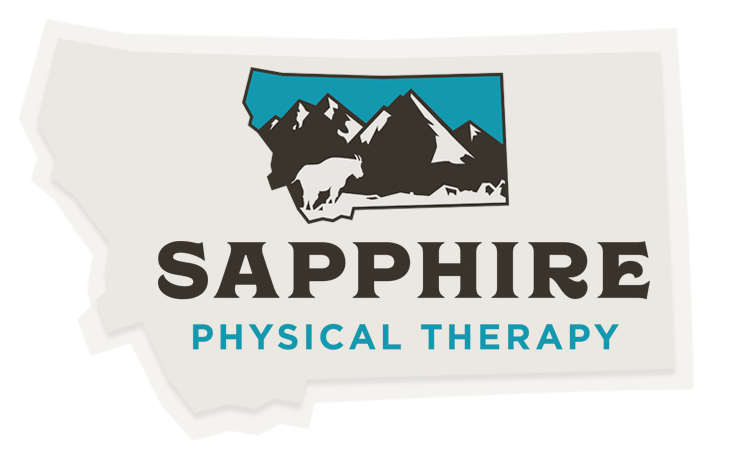ACL Coper Protocol
With Anterior Cruciate Ligament (ACL) injuries on the rise, it is important for health care providers to understand the evidence based, non-surgical approaches available. So what is the ACL Coper Protocol? It is a non-invasive protocol to assess ACL deficient athlete’s potential to return to cutting sports without ACL reconstruction. Let’s define the terms:
Copers: Asymptomatic return to sport for at least 1 year. Neuromuscular adaptations result in functional knee stability even in absence of ligamentous stability.
Potential Copers: Good knee stability early after ACL injury. Intermediate to copers and non-copers.
Non-Copers: Symptomatic knee instability after ACL injury. Inadequate compensation in response to ligament rupture.
U of Delaware Pre-Op Screen: 70% LSI quad strength, trace or less effusion, single leg hop without pain, single ACL tear with no other concomitant injuries including meniscus, & full knee ROM.
Potential Coper’s criteria: Leg symmetry index (LSI) >80% for all hop tests: 6-meter timed hop test, single leg hop for distance, Single leg triple hop for distance, Single leg triple cross over for distance, >80% KOS-ADLS score, >60% on Global Rating score, & 0-1 subjective report of giving way episode
Training Protocol: 10 visits scheduled between 2-5 wks
Warm-up: (5 min)
Perturabation Training: (~25 min)
Patients were 5X MORE LIKELY to succeed with perturbation training than just agility & strength alone.
Rocker board: Patient tasked to return to balance and steady as soon as possible. Pertubated Front-back, side-side, diagonals.
Roller board: Patient tasked to stay balanced with knees soft and at the ready, eyes up. Board is moved front-back and twist but very small side to side motion
Rolling board + Platform: Patient tasked to match physical therapist’s force so the boad stays steady. Looking for equal weight bearing, soft knees, switch so impaired lower extremity on board & platform.
Agility tasks: (~15 min) “T Tests” -Start at 50% speed, increase speed and difficulty
Progress Resistance Exercises: (~15 min) DAPRE loading protocol for all muscles that cross the knee joint with heavy slow resistance training.
Summary of 10 years findings:
Non-coper’s (60%) are more common than potential copers (40%)
Greater distribution of non-coper’s among: middle aged athletes, female athletes, non-contact mechanism injury
Knee laxity WAS NOT different between groups (copers vs. potential-copers)
Potential coper’s have STRONGER QUADS
Not only does this perturbation protocol work effectively for proprioceptive uptraining after ACL injury but a recent systematic review from Huang et al, American Jouranl of Sport Medicine 2020, shows that the majority of ACL injuries can be prevented at 53% using these concepts.
Written by Bailey Hewitt, PT, DPT
Citation:
Chmielewski TL, Hurd WJ, Rudolph KS, Axe MJ, Snyder-Mackler L. Perturbation Training Improves Knee Kinematics and Reduces Muscle Co-contraction After Complete Unilateral Anterior Cruciate Ligament Rupture. Physical Therapy. 2005;85(8):740-749. doi:10.1093/ptj/85.8.740.
Eastlack ME, Axe MJ, Snyder-Mackler L. Laxity, instability, and functional outcome after ACL injury: copers versus noncopers. Medicine & Science in Sports & Exercise. 1999;31(2):210-215. doi:10.1097/00005768-199902000-00002.
Fitzgerald GK, Axe MJ, Snyder-Mackler L. A decision-making scheme for returning patients to high-level activity with nonoperative treatment after anterior cruciate ligament rupture. Knee Surgery, Sports Traumatology, Arthroscopy. 2000;8(2):76-82. doi:10.1007/s001670050190.
Hurd W, Axe M, Snyder-Mackler L. Management of the Athlete With Acute Anterior Cruciate Ligament Deficiency. Sports Health: A Multidisciplinary Approach. 2009;1(1):39-46. doi:10.1177/1941738108326977.
Noyes FR, Barber SD, Mangine RE. Abnormal lower limb symmetry determined by function hop tests after anterior cruciate ligament rupture. The American Journal of Sports Medicine. 1991;19(5):513-518. doi:10.1177/036354659101900518.
